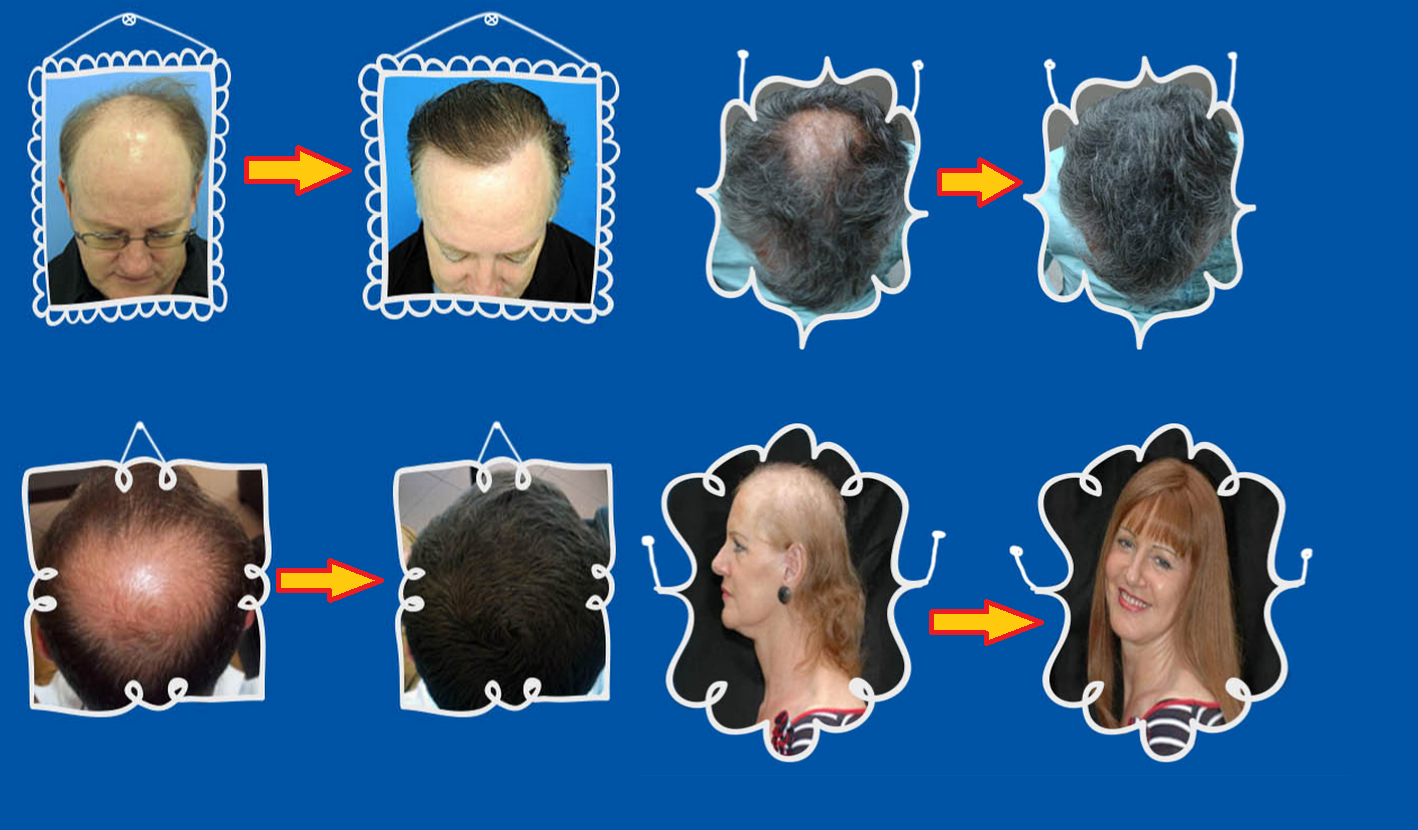Symptoms Of Hair Loss
Hair loss or baldness is becoming one of the most common problems of people. This is because more and more factors contribute to it compared before. Called “alopecia” by experts, hair loss can be categorized into permanent and temporary baldness depending on the condition the person is in.
Experts say that that most common form of alopecia is called, pattern baldness or the “androgenetic alopecia. It is said that this type of hair loss condition affects almost one third of the men and women in the world. The sad thing about this is it is permanent, meaning there is no way to go about it but to cope with it.
Knowing the signs and symptoms
When a person loses at least a hundred stands of hair per day, it is considered normal. But when he or she loses more than that estimated amount along with glaring symptoms such as thinning of the hair, a hairline that is receding, and bald patches in some areas of the head, then you might be suffering from hair loss.
Studies show that androgenetic alopecia can affect both men and women but the manifestations differ in some ways. Among men, the thinning of the hair starts at the temples as well in the crown. In the long run, it is expected that they will be either completely bald or partially bald. In women, lesser hair loss is expected and though there is also receding hairlines along the forehead and temple, they will not completely go bald as men do.
The pattern baldness in males are known to begin at such an early age even before their teenage years. This condition may be characterized by a receding hairline—especially at the temples—and hair loss at the top of the person’s head. Eventually, the person can be completely or partially bald. The symptoms of hereditary pattern baldness in men include thinning or loss of hair stands starting in the front or forehead, at the crown, down to the sides of the person’s hairline.
Some women start losing hair at puberty but most of those who have pattern baldness do not. The estimated year is around mid-20s to early-30s. Unlike in men, the androgenetic alopecia in women starts with the thinning the front or forehead down to the crown. What differs the hereditary pattern baldness in both genders is that hair loss in women are only limited and they don’t experience total baldness.
Aside from pattern baldness, another permanent type of hair loss is the “cicatricial alopecia” or the scarring alopecia which is caused by the inflammation in the hair’s follicles. This result to scars which hinders the growth of the new set of hair.
When it comes to temporary hair loss, the most common is called “alopecia areata” wherein the baldness starts from a small and round patch and will grow in size; the “telogen effluvium” which occurs suddenly and characterized by thinning without patches; “traction alopecia” that is caused by changing hairstyles which out too much pressure on the scalp and creates bald spots especially between the rows of the hair, and “trichotillomania” which is caused by a mental problem wherein the person cannot help him or herself from pulling out the strands of hair from the scalp and in other parts of his or her body.
